
When Wind Mobile launched its LTE network in November 2016, it did so with a bang. Alongside the new mobile network, which would finally allow it to compete in a more meaningful way with the Canada’s Big Three carriers (Bell, Telus and Rogers), it also gained a large-scale marketing campaign, fuzzy mascot and a new name: Freedom.
The only thing it lacked, at least at first, was the network.
Three weeks after its announced launch, users were unable to connect to LTE speeds in downtown Vancouver and Toronto. The company explained that a few optimizations were needed before the network could truly go live, but it didn’t help much when it came to customer satisfaction. Many customers also didn’t care for the fact that they had to switch to a specific $45 6GB LTE plan to use the network, or that, at the outset, there was only one device that supported the network’s new band. In short, the launch became somewhat shrouded in confusion and frustration.
“We think that based on testing our competitors and ourselves we’re the same or better than their typical speeds”
But when it comes to Canadian telecoms, the back story is always a little more complicated than it seems. Freedom Mobile’s choice of a new and obscure LTE band wasn’t random — the carrier purchased it because its options were limited. As of 2015, the Big Three had secured most of the 4G LTE spectrum in Canada, either through auctions or acquisitions. The auction held in March of that year gave Freedom (then Wind) a chance at purchasing LTE spectrum — albeit of the brand new AWS-3 variety. This meant there was still much work to be done to bring LTE Band 66 up and running once the company officially secured the spectrum in Southern Ontario, Alberta and British Columbia.
Compatible devices had to be sourced — the LG V20 and ZTE Grand X 4 are currently the only devices in Canada that support Band 66, though ZTE’s Hawkeye adds another compatible device to the pipeline — and the network had to be built out. Brian O’Shaughnessy, Freedom’s executive vice-president of technology services, says the process was a “logistical nightmare.”

“There’s no invention involved, it’s all work,” O’Shaughnessy stated in an exclusive interview with MobileSyrup, explaining that the lengthy process involves preparing rooftops and towers, installing the radios and optimizing them for minimal interference. He notes, however, that while the work has been intensive, “it’s gone incredibly well.”
In total, the infrastructure project carries a price tag of approximately $250 million, per a joint announcement made with Nokia last year. Freedom expects to have the Greater Toronto Area fully deployed by spring 2017, all of its western footprint complete by the summer and the rest of country by fall — though O’Shaughnessy says the company will attempt to go achieve these goals at a faster pace.

So far, Freedom hasn’t revealed just how many people are on its “traffic-free” network, but it is adamant the speeds are competitive with the Big Three.
“We think that based on testing our competitors and ourselves we’re the same or better than their typical speeds,” said O’Shaughnessy, adding that beyond speed, stability is an important feature of its new network.
“I mean, you can always find a place and a time where they’re going to be better. They have more spectrum than we do so naturally they can get a higher peak speed. But I kind of liken it to the 401 [highway]. At 3 o’clock in the morning, you could drive 200 kilometres per hour if the police didn’t catch you, but you’re not going to do that during rush hour. What most people are getting throughout the entire day, for us it’s the same all day long, 24 hours a day.”
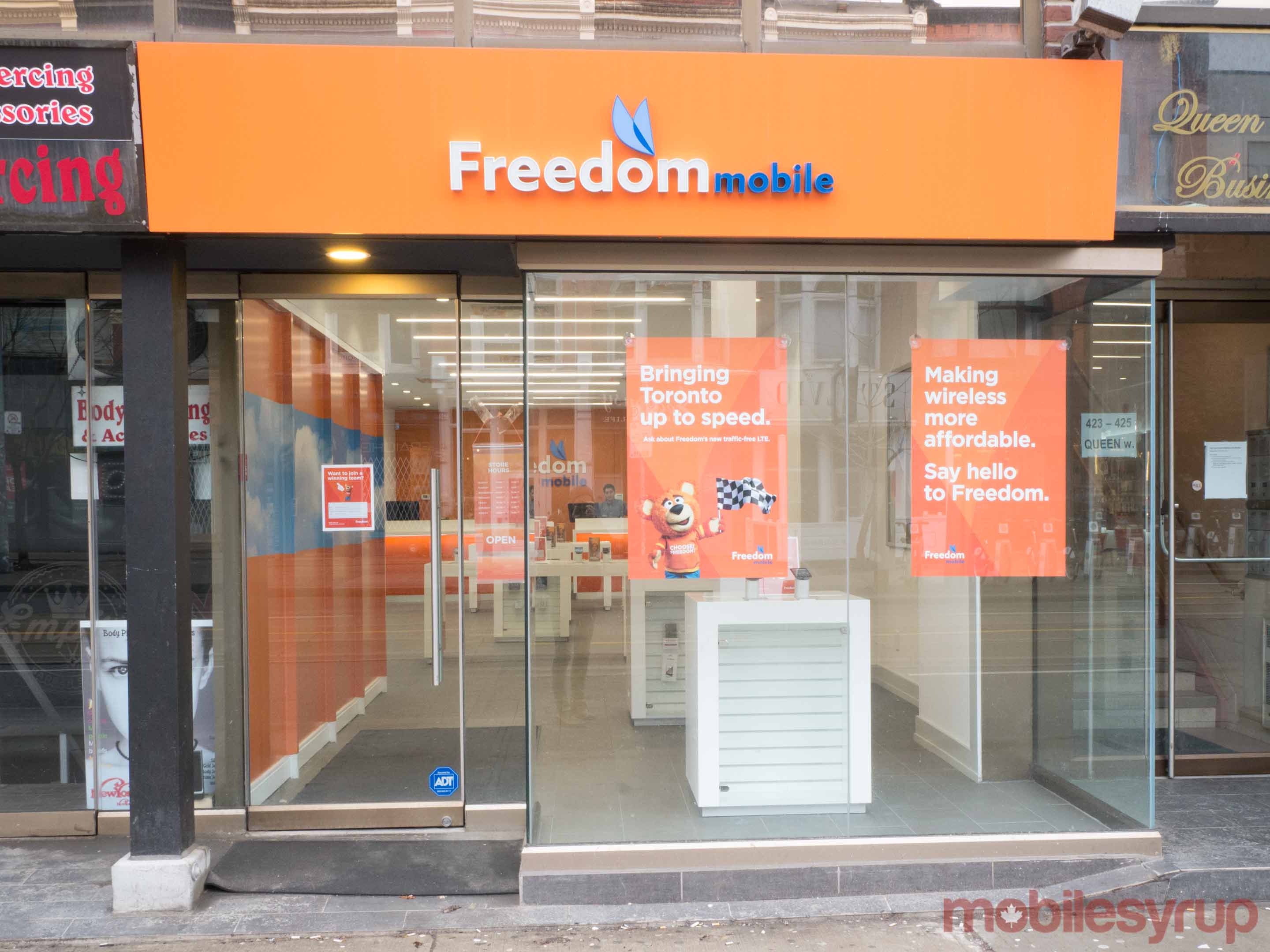
O’Shaughnessy adds that he believes it will be “at least a couple years” before customers have to worry about congestion issues on the carrier’s network, stating that the company will “find ways of getting around that” when the time eventually does come.
He’s optimistic about device support for AWS-3, too, citing the fact that heavyweight U.S. players Verizon and AT&T purchased large amounts of the spectrum and will soon make support a mandatory requirement for manufacturers.
“I’d say every quarter you’re going to see new phones introduced and by mid, second half of the year, almost every phone will be able to work on our network.”
Along with a wider diversity of devices due to arrive soon, O’Shaughnessy notes customers can expect to see more LTE plans coming out as 2017 progresses. He says the choice to offer a single LTE plan was based on a desire for simplicity.
“We made it very simple at the start just saying, ‘here’s the two phones, here’s the plan to work with it.’ We put a lot of value into it making it 6GB of data so we thought that was a good launch plan to start with. Over time, I would see more and more plans having it.”
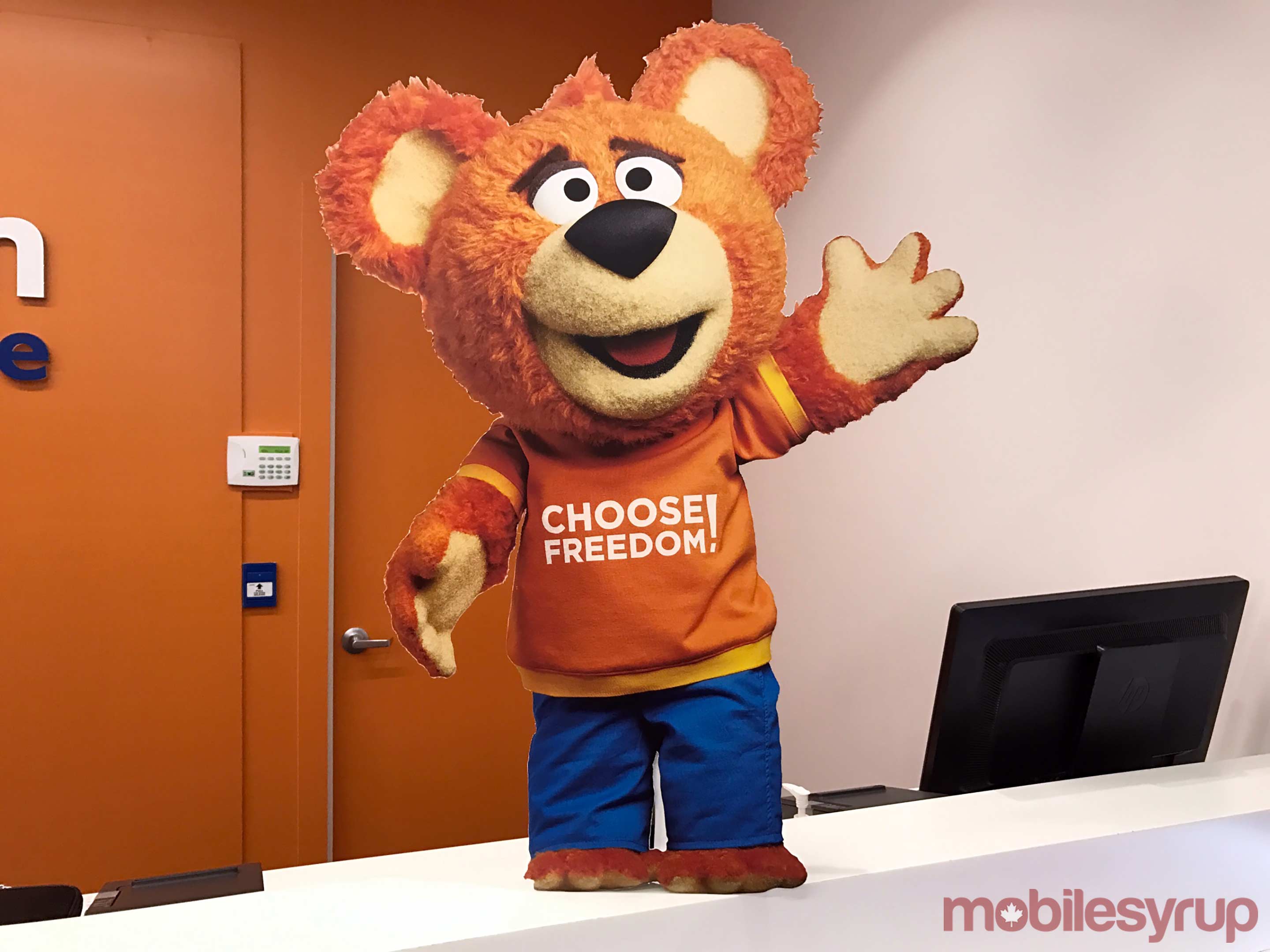
From a technical perspective, however, O’Shaughnessy says he’d love to see all Freedom customers on LTE plans.
“I’d be ecstatic if every customer would move over… because it does two things. One, they’ll find it’s a fantastic experience, whether it be speed or latency. Our latency on our network is I think the best in the country… And as soon as those customers move over, their traffic moves with them. So, things only get better on the 3G network in areas where we do have some congestion now.”
To ascertain just how fast and responsive the network is, MobileSyrup obtained an LG V20 and ZTE Grand X 4 with Freedom Mobile SIMs, courtesy of the carrier, and performed speed tests across various points in the Greater Toronto Area, simultaneously testing the network speeds for Rogers, Bell and Telus.
The tests were carried out at the extremities of Toronto accessible by subway (north, south, west and east) as well as in the downtown, mainly during the morning and early afternoon.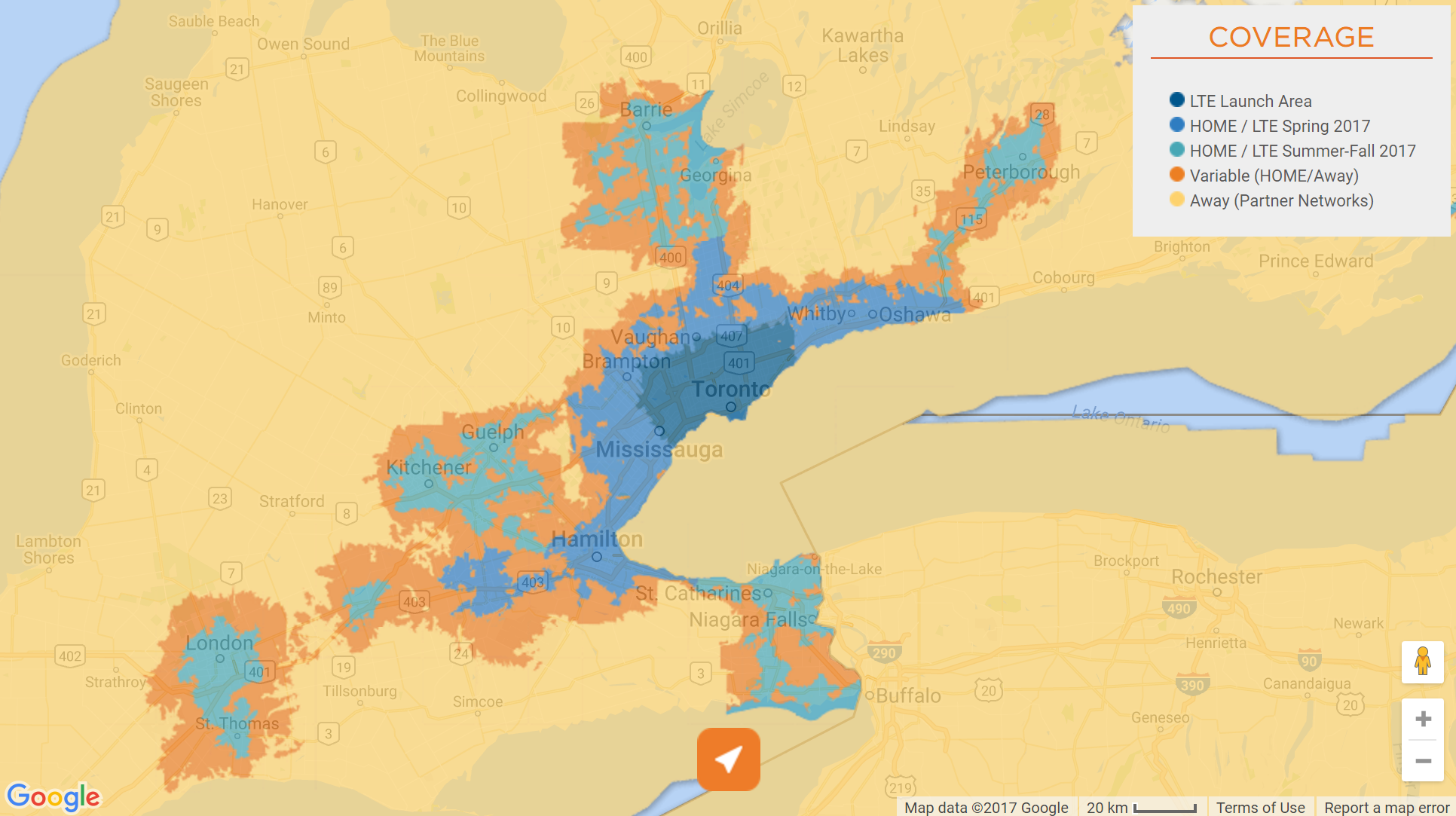
The networks were measured in megabits per second for download and upload speed, as well as ping rate in milliseconds. For those unfamiliar with the latter term, it indicates the latency of a network, or how fast data can be fetched from the server with which the user is connecting.
To explain the concept, Speed Test by Ookla invokes the image of a water pipe, stating that bandwidth is the total amount of water that can flow through the pipe at any given time, while latency is the amount of time it takes for the water that enters the pipe at one end to exit at the other.
Nine samples were collected for each carrier using the LG V20, and the tests were also completed on a ZTE Grand X 4 with a Freedom Mobile SIM. The testing shouldn’t be referenced as exhaustive, but it does give a good indication of what speeds customers might be able to expect from the carriers.
Freedom Mobile fared well in the tests, with a 45.81Mbps average download speed, 26.79Mbps average upload speed and 19.42ms average latency. It bested Rogers, which averaged 20.17Mbps for downloads, 11.59Mbps for uploads and 31.71ms for latency.

Above: left, Freedom’s LTE network at Bloor and Quebec. Right, Freedom’s LTE network at Simcoe and King.
It fell significantly short of Bell and Telus, however, which received similar results due to an agreement in which they share infrastructure and network, with Bell investing in infrastructure in the East and Telus in the West.
Bell delivered a 90.27Mbps average download speed, 34.59Mbps average upload speed and 14.71ms average latency – unsurprising for a network that has been consistently named Canada’s fastest 4G LTE network by PCMag, while Telus came in a close second, posting a 83.79Mbps average download speed and 32.53Mbps average upload speed. The latency, however, didn’t keep pace with Bell, Freedom or Rogers, at an average of 32.42ms.
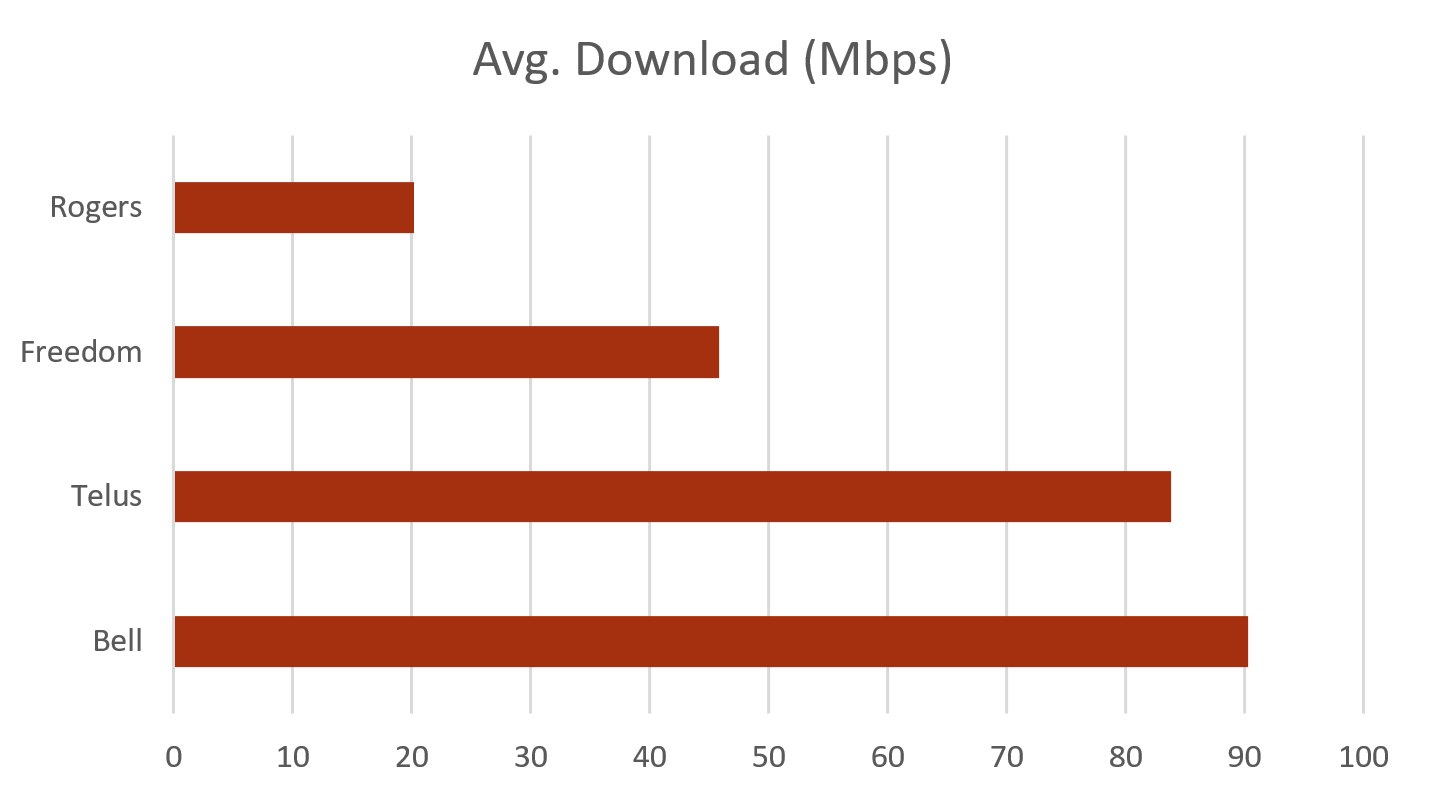
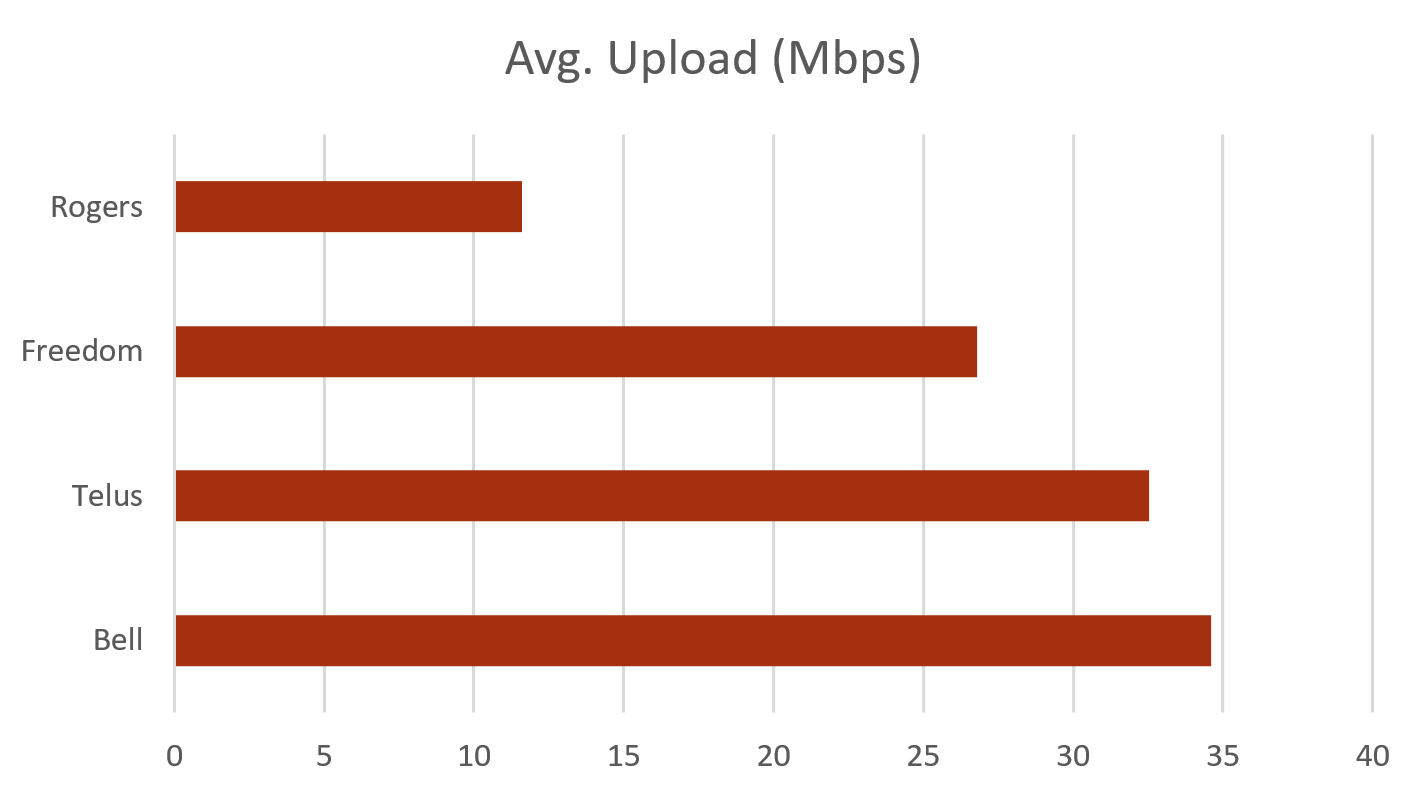
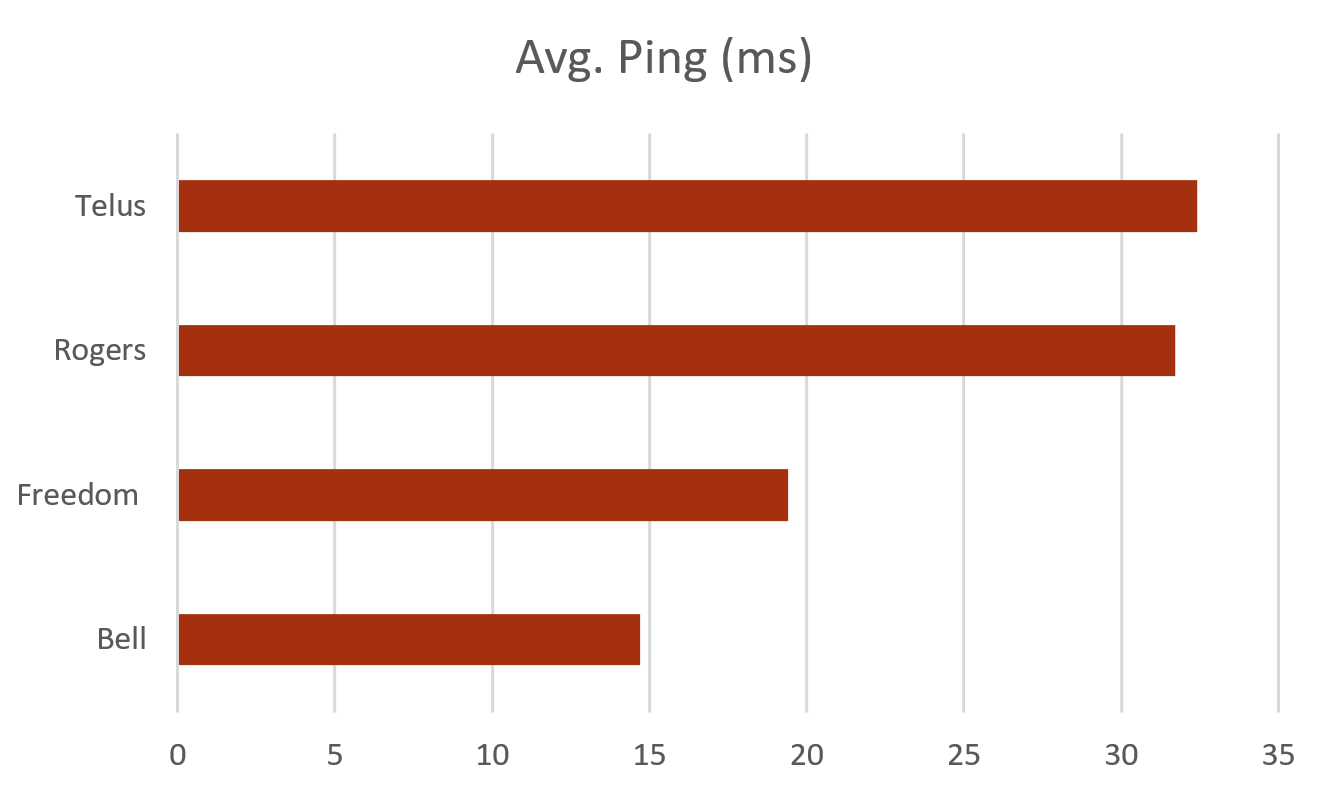
Meanwhile, the test on the ZTE Grand X 4 showed similar results to its more premium counterpart, with an average 44.11Mbps download speed, 27.33Mbps upload speed and 23.85ms latency on the Freedom LTE network.
Geographically, Telus took the top spot in the east (Main and Danforth), north (Finch and Yonge) and south (John and King) for best download/upload speeds, while Bell took the top spot in the west (Bloor and Quebec) — though in most locations it was close, and in the north it bumped Telus’ upload speed by a small margin. Freedom took third place in the west, south and north, with Rogers snagging second in the east.

In terms of latency across all directional extremities, Bell took first, followed closely by Freedom. Rogers and Telus lagged behind by a lengthy margin.

The testing also allowed for ample testing of Freedom’s LTE accessibility on TTC subway platforms, which O’Shaughnessy states is about 90 percent deployed. I found excellent LTE connectivity was accessible at the western stations from High Park to downtown, and around the southern loop. At the northern stations past St. Clair on the Finch line, however, I was not able to connect to the network (LTE or otherwise) and likewise for the stations past Broadview to the east. The feature remains an incredible bonus for the stations where it does exist, allowing for better music streaming and the ability to send messages over data or browse social media as one travels.
Other bonuses for Freedom Mobile customers coming down the pipeline are Wi-Fi calling and voice over LTE (VoLTE), which O’Shaughnessy states is currently in testing and will likely arrive in spring or summer of 2017. O’Shaughnessy also stressed that while Freedom is currently rolling out LTE and these new services, that doesn’t mean it has forgotten about its 3G spectrum.
“We’re building well over a 100 sites a year across the country for adding capacity and coverage and they’re 3G and LTE. So, they will help LTE customers as well, but absolutely performing our 3G performance whether it’s coverage or capacity is always important.”
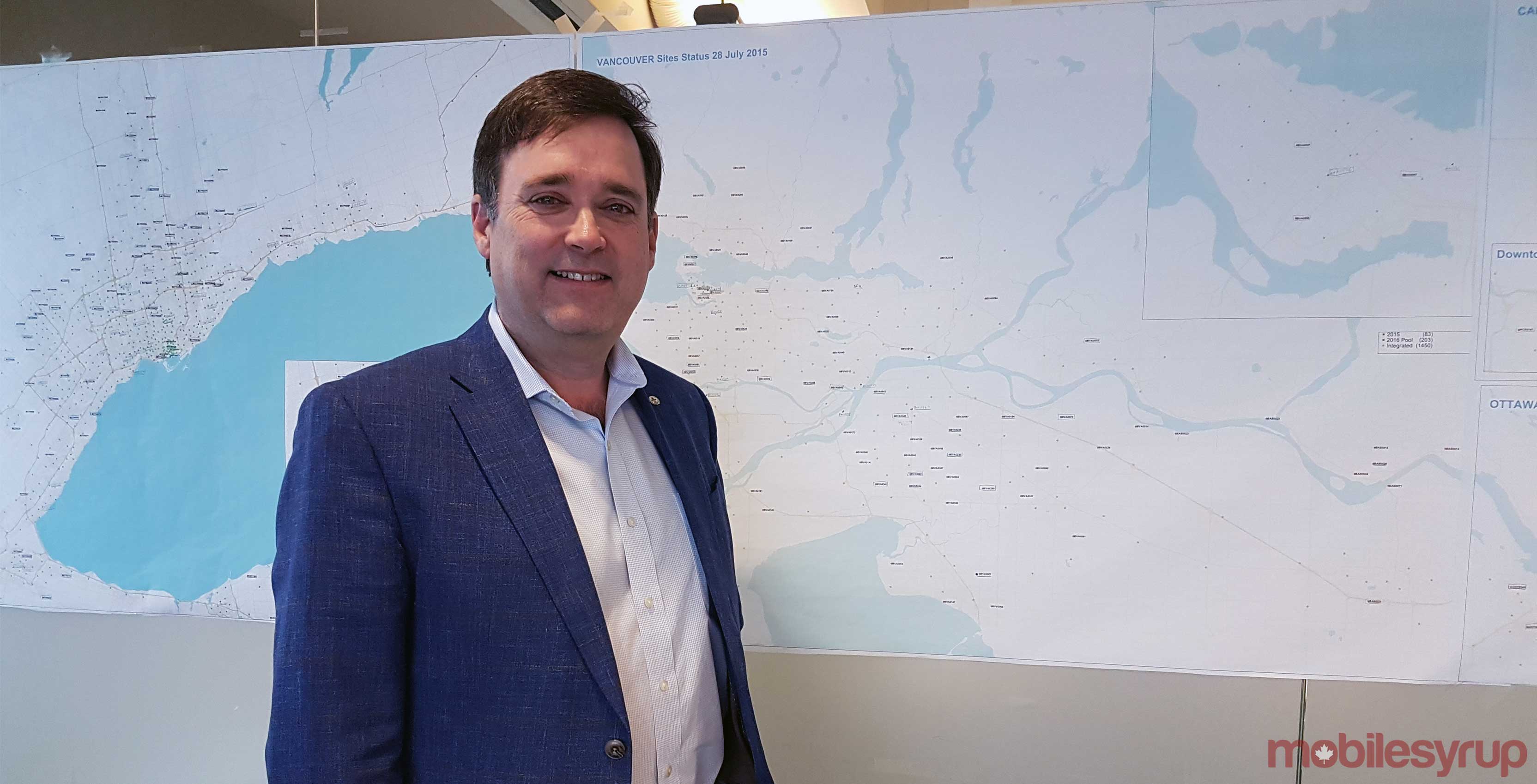
O’Shaughnessy also noted that Freedom was looking at 5G technology, but had not started tests yet.
As for consumer feedback on the new network, O’Shaughnessy sees the roll-out as ultimately successful, while acknowledging some of the negative comments received.
“You go online and you see people saying ‘why are they making me buy a new phone?’ Well, we’re not making you buy a new phone, the only frequencies we had to put it on are the new phones. But I think as people learn what it’s all about, those things will naturally work their way through.”
Are you a Freedom Mobile user in Vancouver? Our west coast testing will hit MobileSyrup shortly, so make sure to stay tuned!
Update 01/18/17: This article previously stated that AT&T and T-Mobile had purchased large amounts of spectrum, when in fact Verizon and AT&T were the top purchasers. It has been updated to reflect that.
MobileSyrup may earn a commission from purchases made via our links, which helps fund the journalism we provide free on our website. These links do not influence our editorial content. Support us here.


